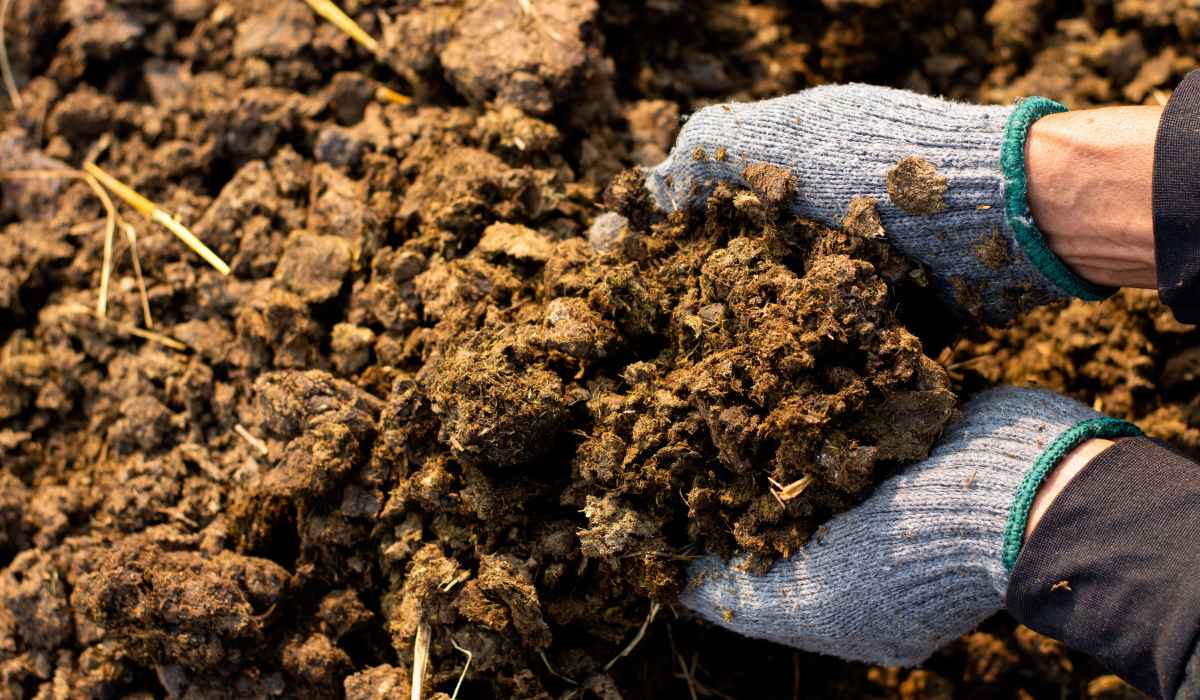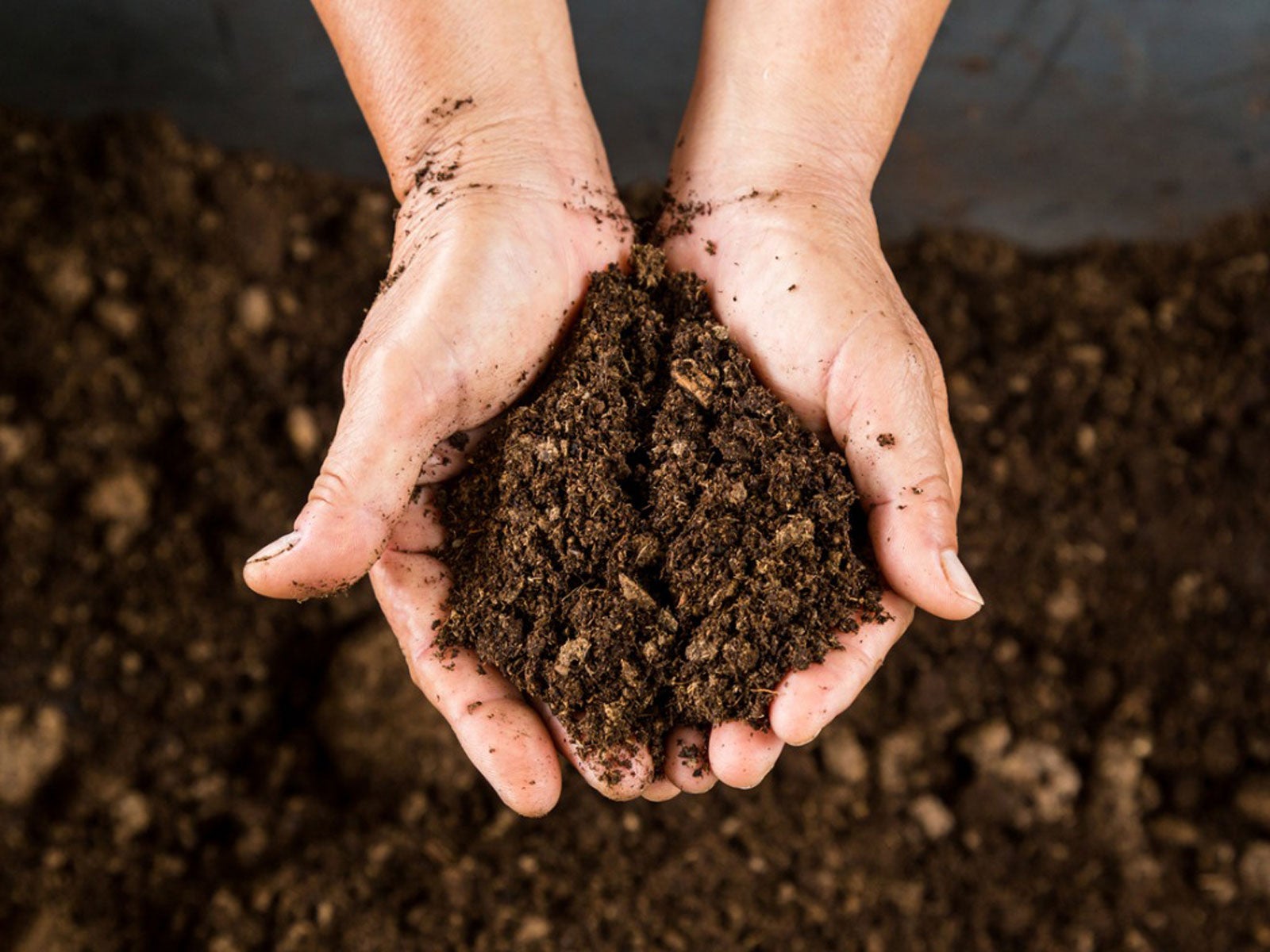Types Of Soil Amendments That Will Improve Your Garden
Types of Soil Amendments That Will Improve Your Garden
The quality of your soil is one of the most important factors in determining the success of your garden. If your soil is poor, your plants will struggle to grow and produce healthy fruits and vegetables. Soil amendments can help to improve the quality of your soil by adding nutrients, improving drainage, and increasing water retention.
There are many different types of soil amendments available, each with its own unique benefits. Some of the most common soil amendments include:
- Compost: Compost is a type of organic matter that is created by the decomposition of plant and animal materials. It is an excellent soil amendment because it adds nutrients, improves drainage, and increases water retention. Compost can be made at home or purchased from a garden center.
- Manure: Manure is another type of organic matter that is high in nutrients. It can be used to improve the fertility of your soil and help your plants grow strong and healthy. Manure can be obtained from livestock farms or composting facilities.

- Peat moss: Peat moss is a type of organic matter that is made from the decomposition of sphagnum moss. It is a good soil amendment for sandy soils because it helps to improve drainage and water retention. Peat moss can be purchased from garden centers.

- Vermiculite: Vermiculite is a type of mineral that is lightweight and porous. It helps to improve drainage and aeration in clay soils. Vermiculite can be purchased from garden centers.

- Perlite: Perlite is a type of mineral that is lightweight and porous. It helps to improve drainage and aeration in clay soils. Perlite can be purchased from garden centers.
- Gypsum: Gypsum is a mineral that helps to improve the drainage and aeration of clay soils. It can also help to correct alkaline soils. Gypsum can be purchased from garden centers.
- Wood ash: Wood ash is a good source of potassium, which is an important nutrient for plants. It can also help to improve the drainage of clay soils. Wood ash can be obtained from fireplaces or wood stoves.
When choosing soil amendments, it is important to consider the type of soil you have and the needs of the plants you are growing. For example, if you have sandy soil, you will need a soil amendment that helps to improve drainage. If you have clay soil, you will need a soil amendment that helps to improve drainage and aeration.
It is also important to apply soil amendments correctly. In general, you should apply soil amendments to the soil before planting. The amount of soil amendment you need to apply will vary depending on the type of soil you have and the needs of the plants you are growing.
Soil amendments can be a great way to improve the quality of your soil and help your plants grow strong and healthy. By choosing the right soil amendments and applying them correctly, you can create a garden that is productive and beautiful.
There are many different types of soil amendments available, each with its own benefits and drawbacks. Some of the most common organic soil amendments include compost, manure, peat moss, and wood chips. These amendments can help to improve soil drainage, aeration, and nutrient content. Inorganic soil amendments, such as sand, gravel, and perlite, can also be used to improve soil texture and drainage.
The type of soil amendment you choose will depend on the specific needs of your soil and the plants you are growing. For example, if you have sandy soil, you may want to add an amendment that will help to retain moisture, such as compost or peat moss. If you have clay soil, you may want to add an amendment that will help to improve drainage, such as sand or gravel.
If you are unsure about which type of soil amendment to use, it is always a good idea to consult with a gardening expert. They can help you to determine the specific needs of your soil and recommend the best amendment for your plants.
For more information about the different types of soil amendments, please visit Garden Wiki.
FAQ of types of soil amendments
1. What are the different types of soil amendments?
There are many different types of soil amendments, each with its own unique benefits. Some of the most common types include:
- Compost: Compost is a great all-purpose soil amendment that adds organic matter, nutrients, and water-holding capacity to the soil. It can be made from a variety of materials, such as food scraps, yard waste, and manure.
- Peat moss: Peat moss is another popular soil amendment that helps to improve drainage and aeration. It is also a good source of acidity, which can be beneficial for some plants.
- Sand: Sand is a good option for improving drainage in heavy clay soils. It is also a good source of air pockets, which can help to improve root growth.
- Gypsum: Gypsum is a mineral that can help to improve the pH of alkaline soils. It can also help to loosen compacted soils.
- Lime: Lime is a mineral that can help to improve the pH of acidic soils. It can also help to improve the availability of nutrients to plants.
2. How do I choose the right soil amendment for my plants?
The type of soil amendment you choose will depend on the specific needs of your plants and your soil. If you are not sure which amendment to use, it is always a good idea to consult with a soil testing lab or a gardening expert.
3. How much soil amendment should I use?
The amount of soil amendment you need to use will depend on the type of amendment you are using and the condition of your soil. In general, you should start by adding a small amount of amendment and then gradually add more until you reach the desired results.
4. When should I add soil amendment?
The best time to add soil amendment is in the fall or spring, when the soil is not too wet or too dry. You can also add soil amendment to your planting hole when you are planting new plants.
5. How do I apply soil amendment?
The best way to apply soil amendment will depend on the type of amendment you are using. Some amendments, such as compost, can be worked into the soil with a shovel or garden fork. Other amendments, such as sand, can be spread over the surface of the soil and then worked in with a rake.
Image of types of soil amendments
Here are 5 different images of "types of soil amendments" from Pinterest:
- Compost is a mixture of organic materials, such as food scraps, yard waste, and manure. It is a great way to improve the drainage, aeration, and water retention of soil.

- Peat moss is a type of organic matter that is made from decomposed sphagnum moss. It is a good soil amendment for improving drainage and water retention.

- Vermicompost is a type of compost that is made by worms. It is a very nutrient-rich soil amendment that can improve the drainage, aeration, and water retention of soil.

- Sand is a type of inorganic soil amendment that can improve drainage and aeration. It is often used in sandy soils that are prone to compaction.

- Perlite is a type of volcanic glass that is often used as a soil amendment. It is a very lightweight material that can improve drainage and aeration.

Post a Comment for " Types Of Soil Amendments That Will Improve Your Garden"